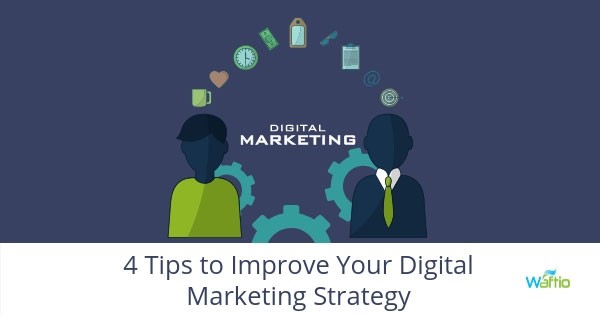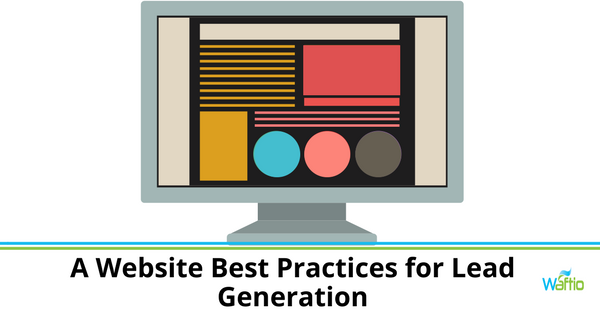One of the key advantages of digital marketing is you can track, measure, and tweak your campaigns immediately. If you feel your AdWords campaign isn’t working, change the ad copy, ad size, or other factors. The same applies to your blog articles. Play around with the content type, length, and posting frequency until you find a working formula.
With that in mind, let’s look at the four most impactful adjustments you can make to your digital marketing campaign for accelerated growth.
Focus on Mobile
In 2016 mobile overtook PC as the preferred device for internet access. Currently, more than 65% of consumers prefer mobile, and nearly 30% use mobile only to access the internet. Therefore if you ignore mobile marketing, you’re ignoring a huge chunk of your potential customers.
Pro Tip:
To take advantage of the huge and ever-growing mobile market; make your site mobile responsive. Create mobile-friendly content with AMP (accelerated mobile pages), get local with Google My Business, and consider text message marketing.
Make Engagement Easy
Marketing Week recently conducted a study to find if people understand the meaning and purpose of engagement in marketing. The results weren’t shocking; up to 25% of respondents didn’t even know the business definition of engagement. However, about 38.5% knew the definition but didn’t take the metric seriously.
Pro Tip:
It’s important to understand and appreciate engagement as a marketing metric. Focus on ways to make engagement easy. Options to consider including are making your Calls to Action (CTAs) easy to find. Additionally, integrate social media into your website with social buttons and social login. As well, provide a comment section for feedback. Use email to remain in touch, and chat with your community on social media, chat tools, and online public forums/blogs.
Use Designated Landing Pages
According to Marketing Sherpa, a whopping 44% of B2B clicks are directed to home pages, with an even bigger number for B2C. As a result, you’re missing out big time if you’re in this category. For maximum conversions, you need specialized landing pages for your campaigns. Why? Because landing pages are designed for lead generation and your homepage isn’t. Landing pages are easier to navigate, have fewer distractions, and don’t require scrolling like home pages.
Pro Tip:
Find a professional to create exceptional landing pages. More importantly, ensure that each campaign has its own landing page.
Test, Monitor, and Test Again
Like everything else in life, no marketing campaign is perfect. For example, it doesn’t matter if you’re converting 50% of your leads; with a few improvements, you could hit 60%. Therefore this makes testing very important. Testing allows you to determine what’s working and what isn’t. It can be useful in predicting future trends which help you stay ahead of the competition.
Pro Tip:
Test often, consider split testing every marketing campaign, use social media to test and always focus on your Key Performance Indicators (KPIs).
Again, marketing campaigns are never perfect. But, if you can implement these four tips, expect a significant boost in your ROI.

Author: Mike Gingerich, President of web firm Digital Hill, Co-Founder of TabSite .
Digital and Social Media Marketer, Speaker, and Business Consultant. Part geek, part marketer, total digital junkie! Seeking to add value, make the complex simple, and leave a positive impact.
Follow me on twitter: @mike_gingerich.





